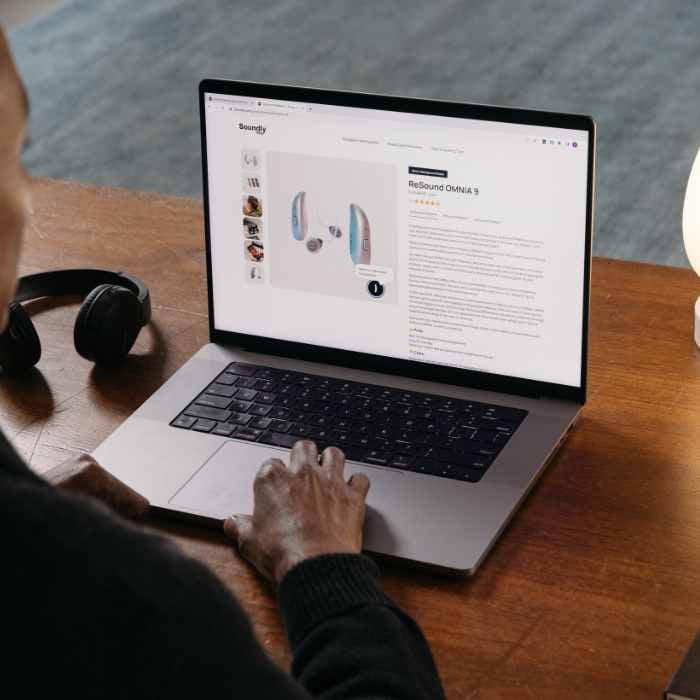Hearing aids have come a long way since they became widely available decades ago. As an audiologist with years of hearing aid technology experience, I know there are many available offerings on the market.
With new technology and features, the choice can sometimes seem overwhelming. So, where do you turn? This buyer's guide will help you navigate the process of finding the right hearing aid for you.
Keep scrolling and learn how to find—and buy—the right hearing aids for you.
Starting Points
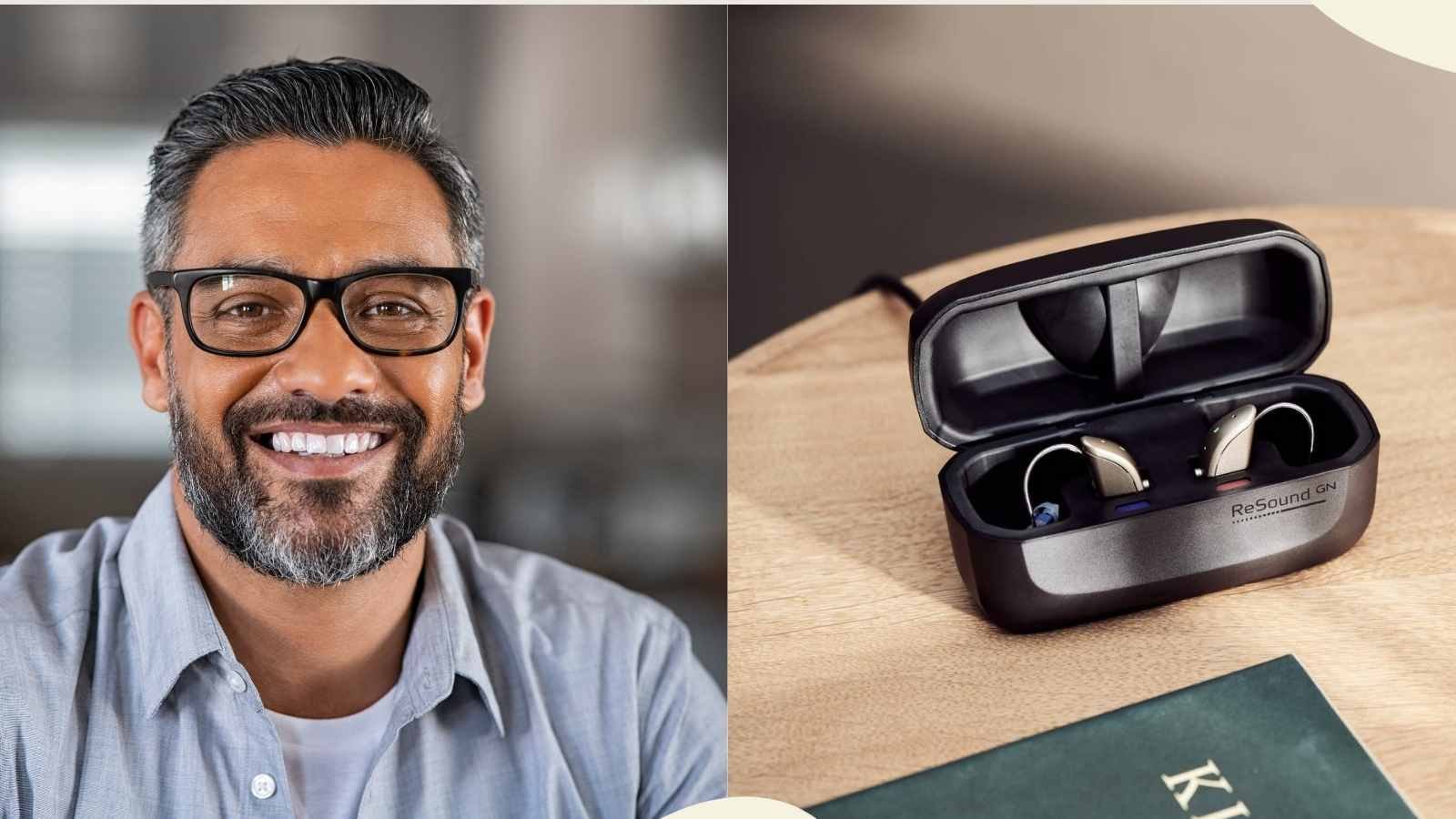
Let's discuss the essential points to consider when choosing a hearing aid.
My first piece of advice? Instead of focusing on bells and whistles for the device, consider a few key points first.
The most important starting points:
- Hearing loss level
- Main challenge
- Care model
Level of Hearing Loss
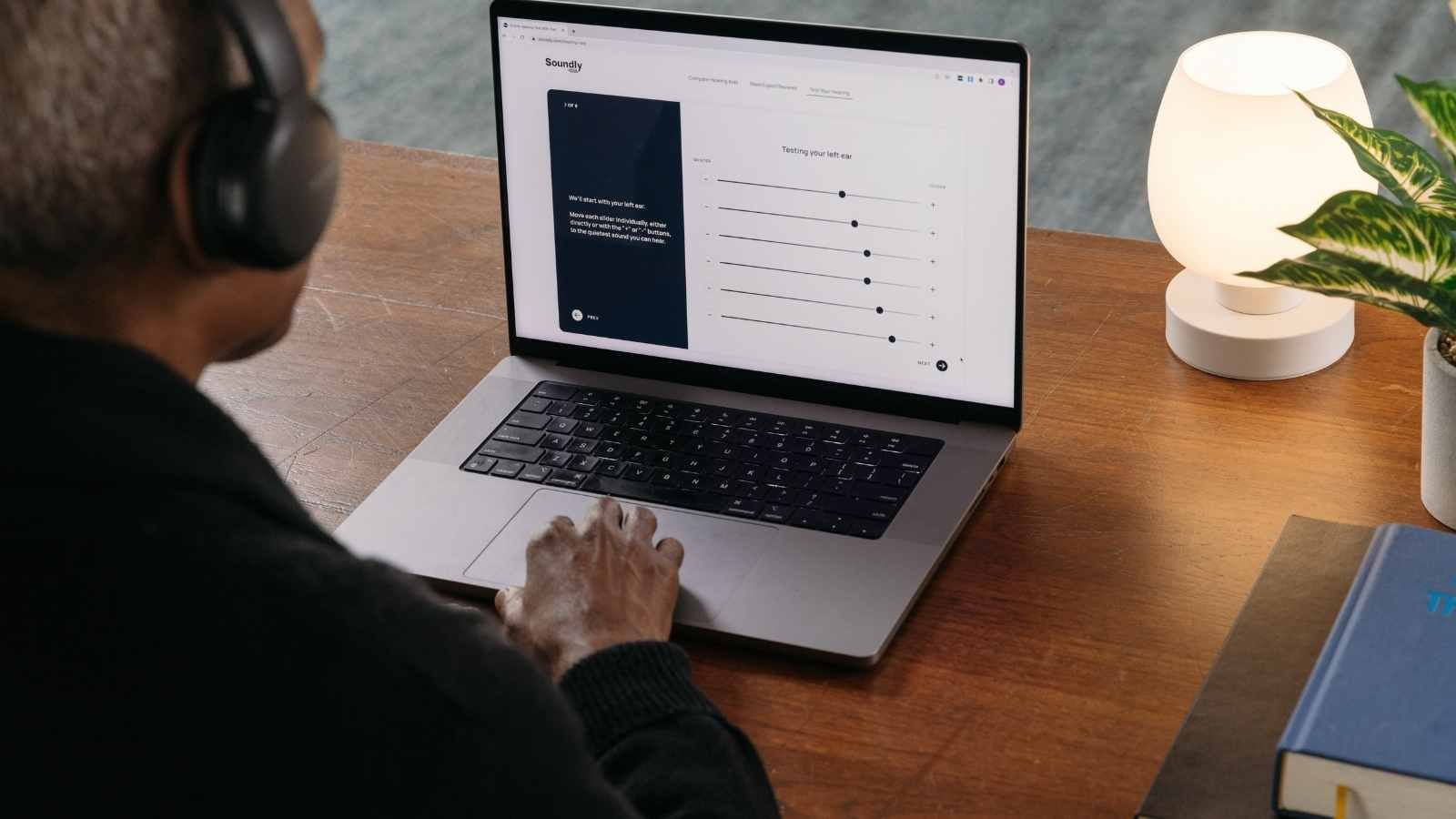
Do you experience mild, moderate, severe, or profound hearing loss? Do you have asymmetric hearing loss or single-sided deafness?
That’s where an audiogram comes in, which gives information about your hearing.
This information is an important starting point for making the most appropriate choice for treating your hearing loss. To note, options for mild hearing loss will differ from what works best for severe hearing loss.
If you haven’t, yet, taken a hearing test you can try our 5-minute test here.
Main Challenge
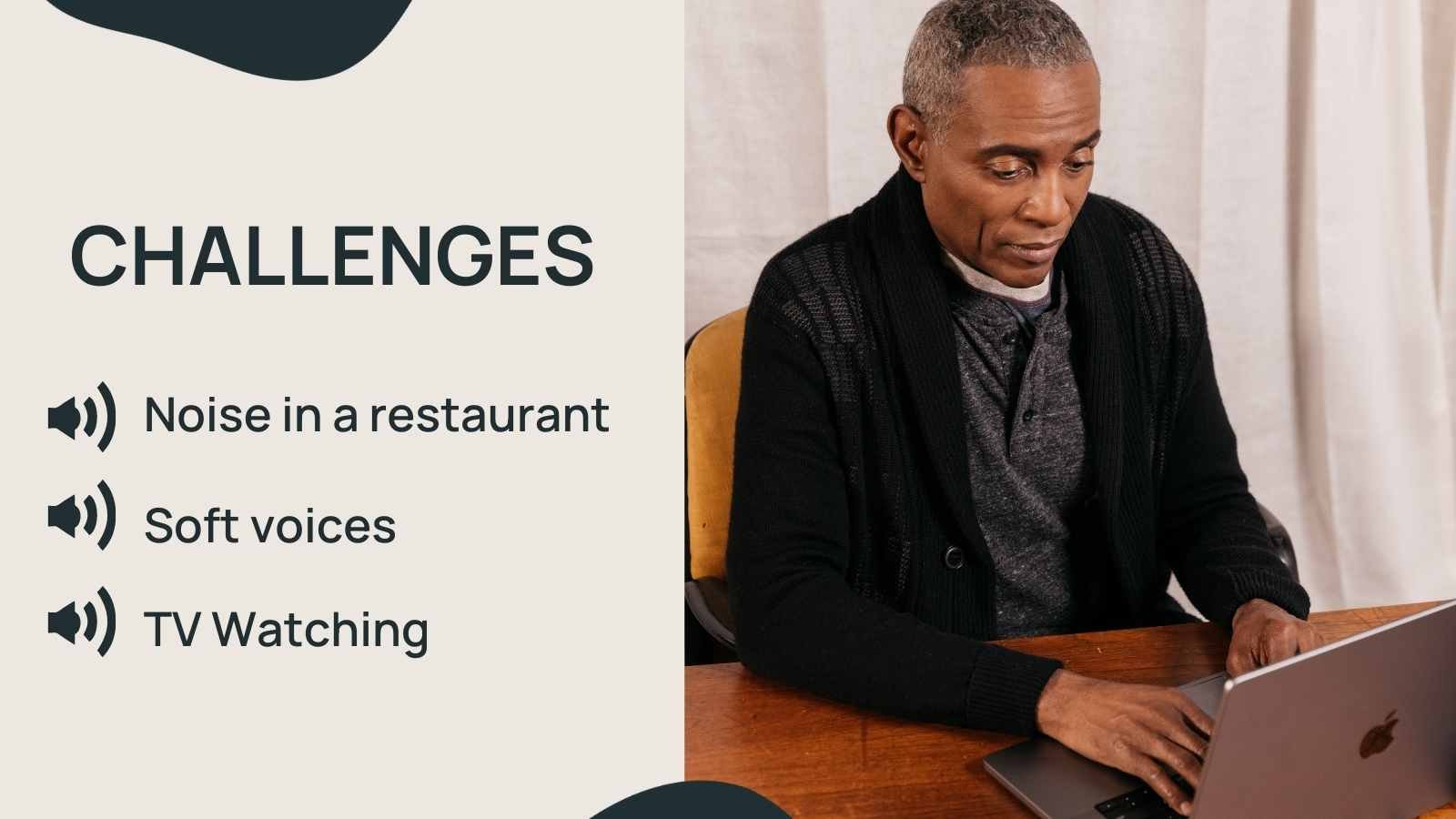
If you could wave a magic wand and change one thing, what would it be?
Do you have a specific situation when you struggle most (e.g., soft voices, in a restaurant with friends)?
Clarity on your main hearing challenge helps shape the best options that can help.
Care Model

So, there are three main models available to hearing aid wearers.
Your preference on care will impact:
- The price you pay
- Available products
- Your overall experience
Available care models include:
Most Common: Prescription
Work with a local doctor to test your hearing and fit you with prescription hearing aids.
Most Affordable: Telehealth
Work with an online doctor to test your hearing, customize your hearing aids and ship them to your home.
Over-The-Counter
Note: This option is only right for those with mild-moderate hearing loss.
Purchase a product directly and use a smartphone app to self-fit the devices to match your hearing loss.
Let’s Talk About Products
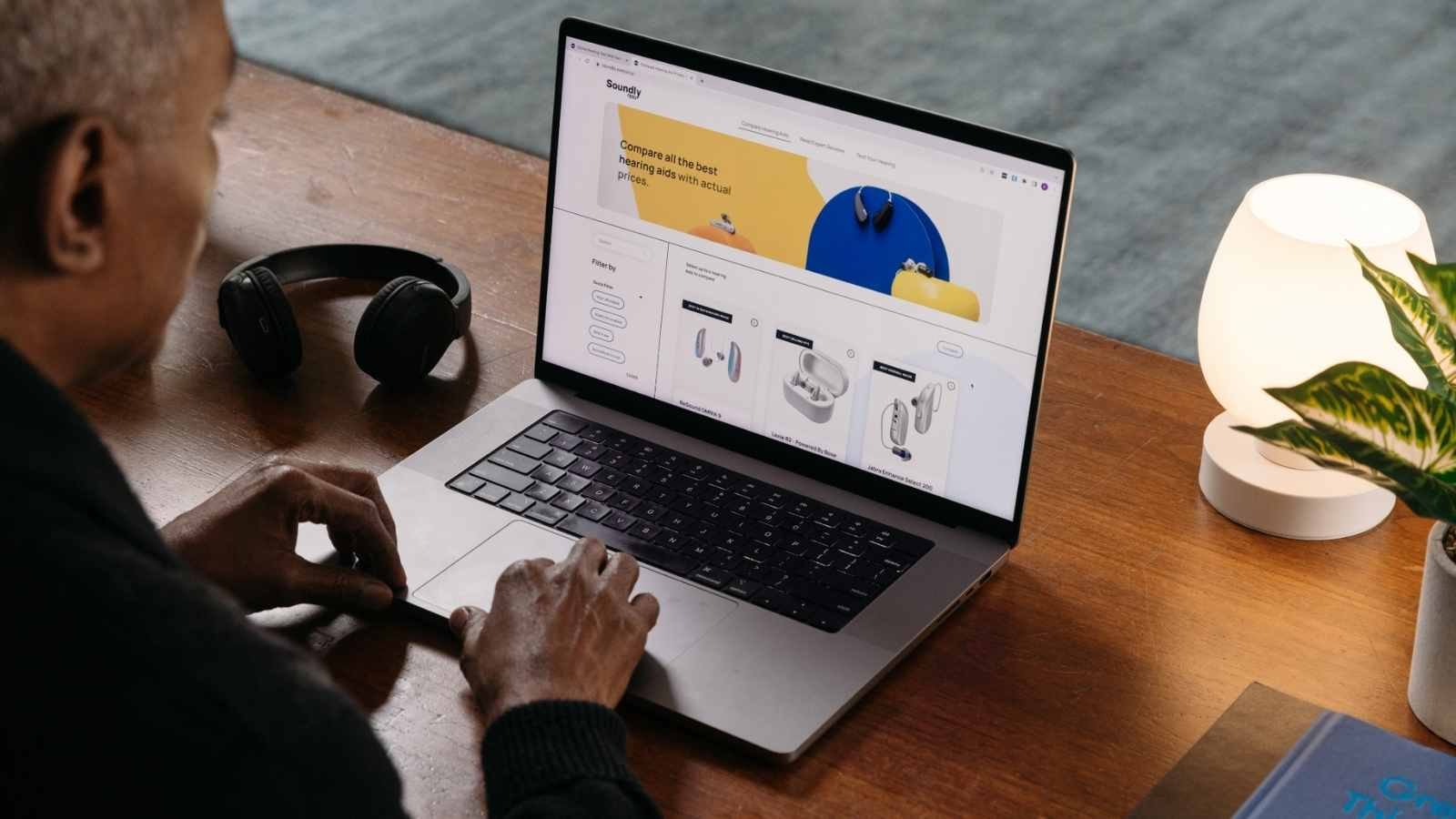
With some foundation points out of the way, let’s dive in and look more closely at all the options to help you make the most appropriate choice.
The following checklist can help you determine what features to prioritize when selecting a hearing aid. We reference the Soundly Scorecard in various places across this site to enable side-by-side comparisons.
Care 👩⚕️
As mentioned above, the care model you choose has a big impact on your price and experience.
Read our guide to OTC versus Prescription or watch our video on care models below.
Hearing Aid Style Aesthetics ✨
Next up. You’ll need to pick a hearing aid style.
The most popular style of hearing aid is a Receiver In Canal (RIC).
RIC hearing aids are selected by around 80% of hearing aid wearers for their comfortable fit, discreet appearance and special features like Bluetooth streaming and rechargeability.
Some hearing aid wearers prefer in-the-ear or invisible styles.
FYI: There are some tradeoffs in technology as hearing aids get smaller and deeper in the ear canal. Read our comparison between hearing aids that sit behind the ear and inside the ear here.
Ear Size and Glasses or Oxygen
Do you wear glasses, oxygen, or have petite ears? Custom hearing aids may be easier to wear in this case, especially if there is limited real estate behind the ear.
Colors
Do you want a fun and playful color or a simple neutral shade? Most hearing aids come in neutral colors that blend with hair color or skin tone.
If neutral colors aren’t your thing, there are hearing aids that also come in bright colors like pink, red, or other eye-catching hues.
Sound Quality Notes 🎵
Now that you’ve decided on a care model and hearing aid style, it’s time to get into the good stuff. Sound quality.
How to think about Sound Quality
Each hearing aid manufacturer has their own philosophy on sound. Some hearing aids offer a smoother sound while others give a sharper and clearer sound.
For most people, sound quality is really measured by effectiveness. How well does a hearing aid allow you to hear speech sounds in your life?
Do you have particular sound preferences? You'll appreciate our sound samples to give you a taste of what different technology sounds like.
Music
Are you a musician or music lover? You'll want to select a hearing aid with fast-minimal processing. We like Widex Moment Sheer for music lovers.
Connection and Controls
Many hearing aids come with Bluetooth streaming capacity but not all devices are made the same.
- Do you want to connect with an Android phone, or do you have an iPhone?
- Do you want to connect to multiple devices with Bluetooth?
- If Bluetooth is important to you, take a look at our guide to the topic here.
Hands-free Calling
Overarching advice: Generally speaking, iPhone users have more hands-free options than Android users. You can read more about Bluetooth connection types and hands-free calling here.
Is hands-free headset capability a must-have? Some hearing aids pick up your voice directly from the hearing aid rather than having to hold up your phone for the caller to hear your voice.
Tap control
Do you want a tap control feature? This feature lets you answer or hang up phone calls by tapping on the hearing aid.
Some hearing aids (like Phonak Lumity) offer tap control while others like ReSound OMNIA keep things simpler.
Telecoil
Go to public venues that use telecoil or use a landline phone? A telecoil is helpful for those who like to take in theater and live shows, attend a church with a looped system, or talk on a landline phone.
Battery 🔋
Do you prefer disposable batteries or rechargeable hearing aids? Disposable batteries can be harder to change if dexterity is a concern.
Rechargeable batteries are the most popular today, but some patients prefer disposable batteries.
If you’re frequently on-the-go, some of my patients who go camping often or are accustomed to changing hearing aid batteries.
Dexterity 🤏
A sometimes less considered factor among hearing aid wearers is how easy a device will be to handle.
Agility
If you have difficulty inserting or removing hearing aids or handling small hearing aid parts (e.g., changing wax guards or dome tips), you should consider your dexterity.
A larger in-the-ear hearing aid like Oticon Own may be easier to use than a RIC like Signia Charge&Go. People with dexterity challenges may also want to find a local clinic that can help with regular cleaning.
Buttons
Do you prefer a device with push buttons or a toggle switch? If you prefer to avoid using a Smartphone app in favor of manual buttons, you may want a hearing aid with easy to access push buttons.
Waterproof Level 💦
Most leading hearing aids are reasonably water resistant. If you often get stuck in the rain or sometimes forget to take your hearing aids off before getting in the shower, look for a hearing aid with an IP68 rating. You can read more about water-resistance here.
App Features 📲
While hearing aid hardware gets most of the attention, hearing aid apps are also important to daily use. Here are some of the features to look for in a great hearing aid app.
Health Tracking
Are you interested in tracking step count, fall risk, or other health data? Today there are exciting health-tracking options for those interested in these features.
Tinnitus
Do you need tinnitus masking? You'll want to consider hearing aids with built-in tinnitus-masking capabilities. Read our guide to the best tinnitus masking hearing aids here.
Remote Care
Would you like a remote care option? Some hearing aid brands are more remote care friendly than others.
For example, some require a second app or an intermediary device for remote care while others allow your hearing professional to make changes seamlessly through your usual app.
Hearing aid Tracking
Is a "find my hearing aid" feature important to you? Some patients find this essential for peace of mind.
Accessories 🎚️
If your biggest hearing challenges are in a classroom, boardroom or another specific environment you may be interested in an external microphone. Brands like Phonak offer a robust suite of accessories. Read more about accessory microphones here.
Financial Aspects
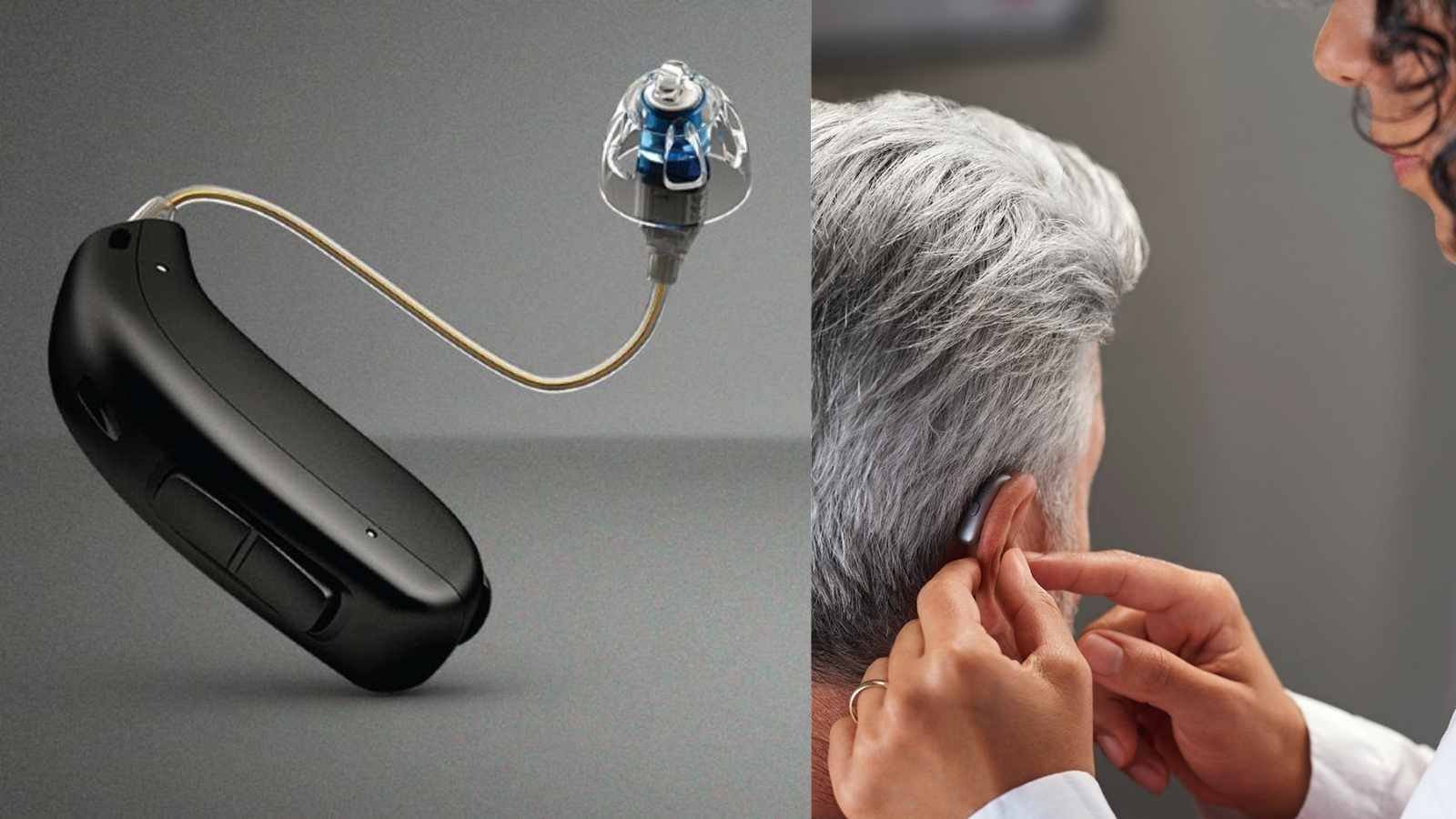
Last but not least, you’ll want to think about your budget. Hearing aids can be a significant investment. A few factors to consider.
Insurance
Do you have insurance coverage? Or benefits through a third party (e.g., TruHearing)?
While private insurance coverage does not usually specify a hearing aid brand, TruHearing benefits may provide only one brand to choose from. You'll want to check your benefits to know whether this is the case. Read our guide to insurance coverage here.
Budget
Are you more budget-conscious or want superior technology, regardless of price? Knowing your budget helps you select a technology level (e.g., standard versus premium) or care model (OTC, direct-to-consumer, or prescription models).
Warranty
Do you want a long-lasting warranty? On average, most hearing aids include a three-year warranty. However, there are exceptions with certain hearing aid brands or clinics. You can also purchase ESCO insurance to prolong your warranty.
Conclusion
Selecting the right hearing aid is an important decision that will depend on several factors, such as budget, lifestyle, and personal preference.
It can be very individual, and with so many choices and options at the moment it helps to have some key points to consider. Utilizing this checklist will help ensure that you consider all factors for the most optimal choice that meets all your needs.



